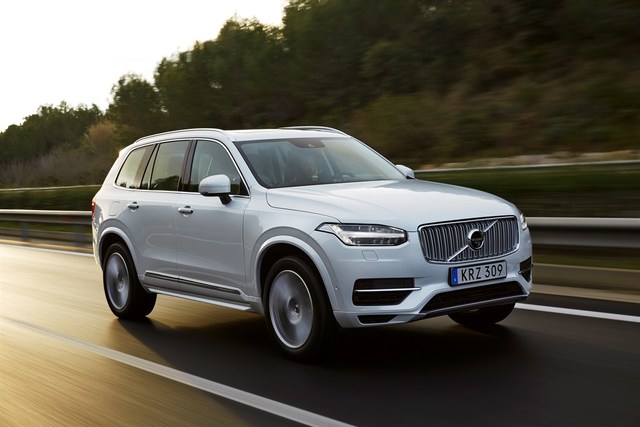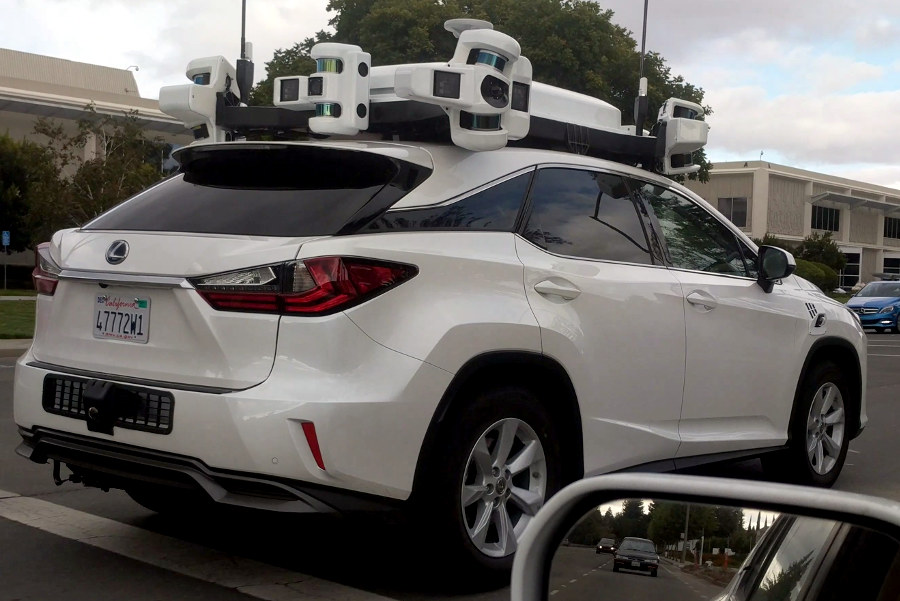Local Motors hopes to win with 3D printed robocars
Submitted by brad on Mon, 2018-02-12 11:44There are lots of players in the robocar space now -- car companies, startups, suppliers, high-tech companies, and two I did not talk as much about -- shuttles and delivery robots.





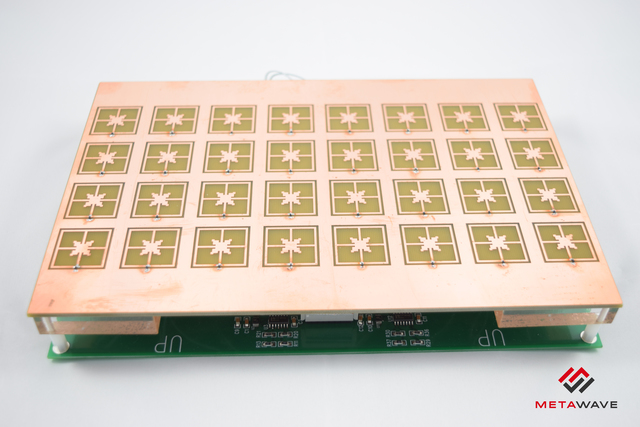
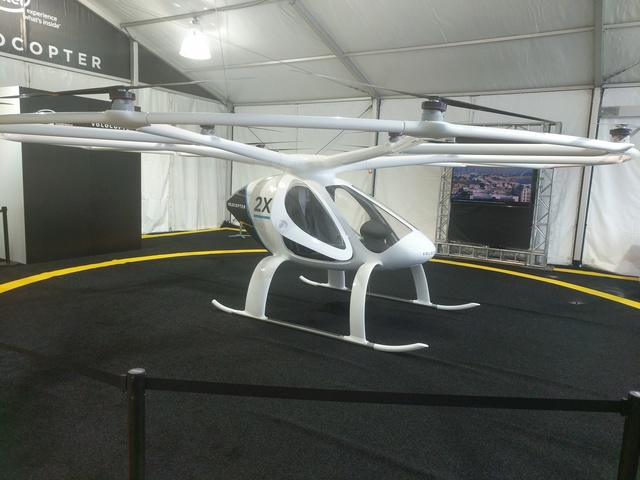
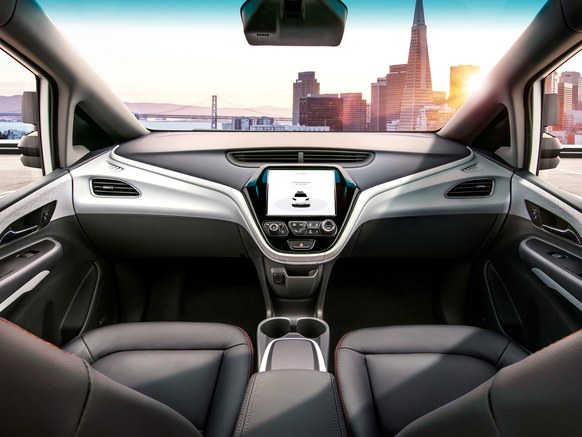
 By far, the biggest milestone of 2017 was the
By far, the biggest milestone of 2017 was the  I have frequently heard reports from women of being groped on crowded public transit. People are packed in, and villains use the plausible deniability and anonymity of the packed crowd to grope.
I have frequently heard reports from women of being groped on crowded public transit. People are packed in, and villains use the plausible deniability and anonymity of the packed crowd to grope.